#bevs
BEV Fires Encourage China to Get Serious About Battery Safety, Vehicle Monitoring
China is currently the largest proponent of electric vehicles on the entire planet. The nation has even incorporated BEVs as a significant part of its complex strategy to overtake the United States the dominant global superpower. However a sudden influx of battery related fires has caused it some trepidation, even though there hasn’t been much evidence to suggest they are actually more prone to catching fire than gas-powered vehicles.
Regardless, the People’s Republic is now demanding that manufacturers conduct routine inspections on electric cars. China’s Ministry of Industry and Information Technology says all companies must conduct checks on BEVs, focusing on battery waterproofing, battery boxes, charging points, high-voltage wiring harnesses, and even the wear of mechanical components. They will also be required to report on repairs and any incidents that might indicate a problem. According to the ministry’s press release, they have until October to submit their findings.
GM Reportedly Thinking About Electric Hummers
Demand for Hummer vehicles peaked in 2006 before being obliterated by the financial crisis and a spike in domestic fuel prices. Considering the brand’s most eco-conscious model (the H3) averaged somewhere around 14 mpg in the city, the nameplate probably survived longer than it should have. It took on defunct-status in 2010.
Having failed to sell off the brand, General Motors is still sitting on the property and rumors are stirring that it might be making a comeback… as an electric luxury marque.
Despite sounding like the mad ravings of drug-addled lunatic, GM has its reasons for considering bringing Hummer back to life. Jeep sales took off like cat with its tail on fire after the recession, with annual domestic volumes going from 231,701 units in 2009 to a whopping 973,227 in 2018. It’s doubtful that GM missed that or forgot that it had access to an easily identifiable brand with similar ties to the military and off-road adventure.
Toyota Ramps Up Electrification Timeline, Outlines Nuanced Strategy
Following announcements that Toyota would be working on a shared electric vehicle platform with Subaru, as well as a jointly developed crossover, the brand conducted a press conference on Friday regarding its decision to “popularize BEVs.” While the announcement didn’t deal with the specifics of cutting-edge tech, auxiliary business opportunities, or even a total shift toward battery electric vehicles, it did represent a major commitment from a manufacturer that’s notoriously cautious in its decision making.
Opening the conference, Executive Vice President Shigeki Terashi focused largely on the challenges of electrification. Terashi said Toyota’s intent has always been to support “social progress” and curb CO2 emissions while acknowledging that it had only made formal commitments to electrification within the last couple of years. However, he showed that the automaker has been busy within that time, and had several initiatives in the works aimed at repositioning Toyota as a mobility brand, by outlining the company’s extremely complex EV strategy.
Buckle up, because there is a lot to this — including some new cars.
Audi Relaunches Hydrogen Program; Industry's Battery Woes Intensify
While electric vehicles have improved by every metric, sourcing the raw materials necessary for their production hasn’t gotten any easier. In fact, with more mobile devices and EVs on the market than ever before, automotive batteries are becoming harder to procure with any reliability. Volkswagen Group, which has been on a tear to promote electrification following its diesel emissions crisis, knows this better than anyone.
Audi’s all-electric E-Tron SUV experienced several delays after VW Group encountered trouble in sourcing batteries at a reasonable price. As the company continues endorsing EVs as an important part of its future, its rhetoric is beginning to soften — with the company now taking another look at hydrogen fuel cell technology.
Digging Deeper Into Volkswagen's MEB Platform Plans
Volkswagen walked journalists through its much-hyped electrification strategy at the 2019 Chicago Auto Show, giving the automotive media a preview of the automaker’s plans.
MEB, which is an acronym for the German Modularer Elektrobaukasten, is the platform underpinning the company’s push from internal-combustion engines to electrified vehicles. The company intends to roll out 50 battery-electric vehicles and 30 plug-in hybrids across Volkswagen Auto Group’s 12 global brands between this year and 2025 as part of a larger strategy to field 300 electrified vehicle models across the dozen brands by 2030.
That’s obviously an aggressive strategy — one requiring a closer look.
2019 Jaguar I-Pace Delivered Early to Average American Family
Jaguar has delivered its first I-Pace electric crossover in North America, a little ahead of next month’s retail sales, to a picture-perfect family living in Florida. Who are these fortunate environmentalists? None other than Lakewood Ranch residents Mark and Holly Pascarella, according to Jaguar Land Rover’s Tuesday press release and the multitude of auto outlets that reported it as news without commentary.
“When you have a family of five you always need space, so we were looking for an SUV,” explained Mr. Pascarella. “We’ve always had a seven-passenger SUV, but one of my daughters just went off to college, so now a five-passenger SUV will be large enough. When I looked at the I-PACE I could see that it was a typical first-class product made by Jaguar, with top of the line appointments and great looks. It doesn’t look like a typical SUV, and on top of that, being electric was very appealing.”
Based on Mark’s very natural and clearly unprompted manner of speaking, it certainly sounds like the perfect automotive product for families living in a city with an average household income of $100,991 — which, coincidentally, is exactly the case in Lakewood Range, Florida. Plus, it has that coveted electric appeal, allowing you to indicate you’re environmentally conscious when you aren’t firing up your other Jaguar’s 5.0-liter V8 every morning.
Volkswagen Says ID Hatchback Will Look Like the Concept - Which Looks Like the Future
While the electric revival of the Microbus is the star of Volkswagen’s ID sub-brand, we shouldn’t ignore the importance of the upcoming ID hatchback. On track to enter production next year, the Golf-sized hatchback boasts pretty impressive specs for an battery electric vehicle. It won’t be the fastest or most-exciting EV on the market, but VW claims it will be capable of 250 to 375 miles of electric range and offered at an attractive price.
It’s an EV for the masses and should serve as the tip of the spear for Volkswagen’s electric offensive, along with the Crozz crossover. However, the automaker says mass-market appeal doesn’t have to include mass-market styling. The production version of the ID Hatchback should look like the futuristic concept.
Mercedes-Benz Plots an Electric S-Class
Did you ever the the feeling that the Tesla Model S was just an S-Class for EV enthusiasts? Mercedes-Benz sure hopes so, because its CEO, the mustachioed Dieter Zetsche, recently let fly that the brand has a full-sized electric under development called the EQ S. While Mercedes’ core lineup will welcome all manner of hybrid and mild-hybrid powertrains in the years to come, Zetsche says the brand will also start building fully electric vehicles by way of its EQ line.
The EQ nameplate is something we’ve heard a lot about in the past, but its true purpose has yet to be defined by Daimler. Typically, we’ve only seen EQ badging added to concept vehicles promising electrification, with no additional details. But new claims from the CEO suggest the category may be reserved for models that use batteries as their only power source.
What Becomes of BMW's I-Cars After 2020?
BMW always hinted that the first round of electrified vehicles populating its i sub-brand were developed to dazzle consumers with tech and probe the market’s willingness for EVs. The company is now developing two new models for the group: the iNext crossover and i4 sedan. However, both vehicles are in the midst of development and are likely to take a while to get to market. Furthermore, the brand has said it will use modular architecture kits on all models for at least the next 10 years.
That leaves the i3 and i8 in a slightly awkward position. Launched in 2014, both cars will need to remain relevant over the next few years while BMW preps the next batch of EVs. But the automaker’s continued reliance on flexible platforms that can handle gasoline and/or electric drivetrains isn’t likely to bode well for them in the aftermath. As experiments, neither model is guaranteed to persist far into the 2020s — at least not as we know them today.
Auto Executives Secretly Believe Battery-electric Cars Aren't the Future
While fuel-cell technology is progressing in places like California and Japan, the rest of the world shrugged it off after the initial hype subsided. Since then, practically every automaker in existence has invested in battery technology and electrification. However, according to a recent survey, most auto executives secretly do not believe batteries will be the real breakthrough in electric mobility. Dealers feel the same way, but they’ve been less cagey on the matter.
Uh, what? Then why is everyone and their mother talking up plug-in cars and sweeping the fuel cell under the carpet?
Well, in addition to hydrogen having an abysmal fueling infrastructure almost everywhere, governments simply aren’t pushing it like battery power. Incentivizing plug-in cars has gone a long way to bolster the segment’s popularity and, with China mandating that a growing portion of all auto sales be battery-related, companies have to lean into what they already have. That said, many executives still seem to feel that hydrogen-powered cars have more to give the industry.
Let’s not get ahead of ourselves. Its time to talk about why auto dealers are so unhappy about the electric revolution.
Eight Is Enough: Nissan Leans on Familiar Future Strategy for Growth
Automakers perpetually talk about the future. They have to. As manufacturers, their entire business model revolves around bringing newer, better, and more desirable products to the market. Over the past few years, that has meant championing electric and autonomous vehicles — regardless of whether their consumer base (or the technology) is ready or not.
Nissan is no different in this regard, though it does appear to be taking a comparatively measured approach. Mercedes-Benz says it’ll have an electrified version of all of its models by 2022, Volvo promises to start doing the same by 2019, and Volkswagen Group wants 80 new electric vehicles across all of its brands by 2025. Meanwhile, Nissan is only shooting for eight new EVs by 2022.
That’s not to suggest the company won’t still blaze a trail for new powertrains, though. The strategy may just be a simple matter of not wanting to over-promise. As the company behind the the Leaf, Nissan is well aware of the benefits and pitfalls of a globally marketed electric car. However, its overall sales goal of 1 million electrified vehicles per year by 2022 remains ambitious and hinges on a market more eager for plug-in vehicles than it is today.
Tesla Stalled Model 3 Production Last Month to Get Ducks in a Row
Tesla temporarily stopped production of the Model 3. Considering everyone keeps wondering when the company will finally reach its first-quarter production target of 2,500 units per week, that’s big news. The Tesla faithful will, no doubt, consider the decision another incredibly shrewd move from the geniuses working within the company, while the opposition will claim it’s further proof that the firm isn’t capable of building cars at the scale it has promised.
Sticking with the facts, we knew Tesla had Gigafactory tooling waiting to be shipped from Germany at the start of February. However, the temporary shutdown occurred between February 20th and the 24th — a bit too early for the equipment to have made it stateside. The suspended production also took place at the main factory in Fremont, California, and not the Nevada-based Gigafactory. Model 3 vehicle registrations also dropped significantly in the days following the shutdown.
The Most Interesting New Car at the Geneva Motor Show Wasn't Actually New or Technically Even a Car
Micro Mobility Systems recently strayed from producing electric scooters to build what is essentially a modern-take on the Isetta microcar called the Microlino. The Swiss firm has been bringing its enclosed quadricycle to the Geneva Motor Show since 2016, although this was the first year we’ve bothered to mention it. However, they haven’t abandoned the platform. Instead they’ve persisted, gradually approaching a point where they actually might grace public roads with the Microlino’s dainty carbon footprint.
It’s really tempting to root for little autos like this one. In addition to being adorable, they seem like the perfect solution for city dwellers who sometimes find the very idea of the traditional automobile mildly contemptible. Claims that they take up too much space or are energy inefficient can be countered with vehicles like the Microlino. Unfortunately, the odds of us ever seeing it in North America are slim.
Green Porsche With a Lot More Junk in the Trunk Debuts in Geneva
Porsche appears to have it out for Tesla Motors. Having already shown its Mission E sedan as a potential rival for the Model S, the German automaker just spawned the Mission E Cross Turismo electric crossover concept for the Geneva Motor Show. Unveiled just a days after Jaguar’s I-Pace, it looks like Europe’s premium brands want a piece of the Model X’s reasonably small — but growing — hunk of the market.
In the United States, Tesla moved 18,028 Model X crossovers in 2016. That number climbed to 24,400 for 2017 and could be higher in 2018, thanks to increased output.
Unlike Jaguar’s I-Pace and Tesla’s Model X, the Mission E Cross Turismo is only a concept vehicle. However, Porsche has already made clear its intent to dive headfirst into the realm of battery-electric vehicles, claiming the crossover will eventually reach production.
2019 Jaguar I-Pace: Crossing Over Into the Electric Market
After two years of playing hard to get, Jaguar has finally revealed the production version of the I-Pace SUV. Actually, “revealed” may not be the best word to use, as it feels like we’ve already seen it.
The model looks so much like the earlier concept vehicle that most people wouldn’t be able to tell the two apart, even if they sat inside them. The only real difference is that the production Jag has a cushier-looking interior and a tad more ground clearance. Other than that, both vehicles are practically indistinguishable — even down to the flush door handles.
Despite the bewildering decision to name its non-electric compact luxury crossover the E-Pace and its larger, battery-driven brother the I-Pace, the automaker doesn’t appear to have done a bad job with either. While the E-Pace caters to those seeking a small-and-fancy “sport utility vehicle,” the I-Pace is for those seeing an alternative to Tesla’s Model X.




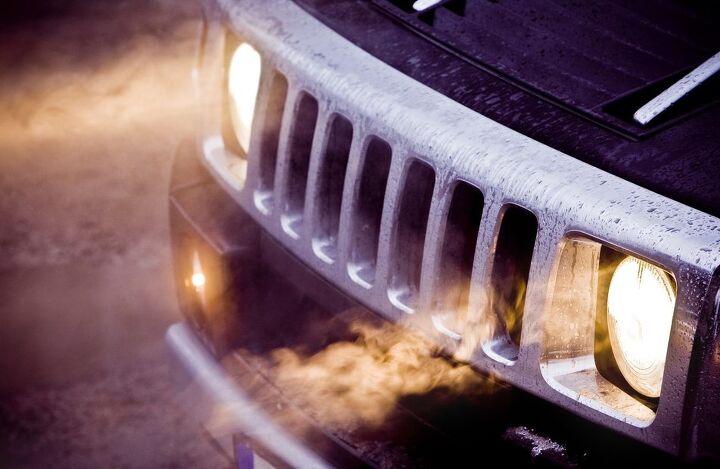
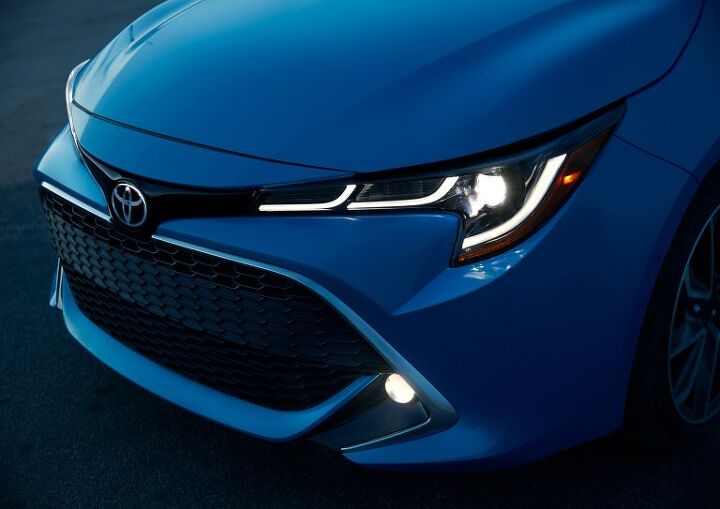

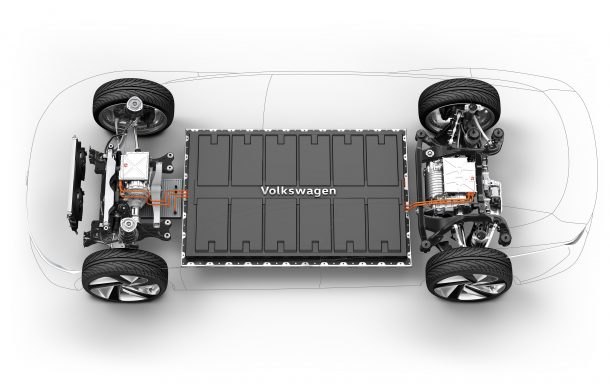



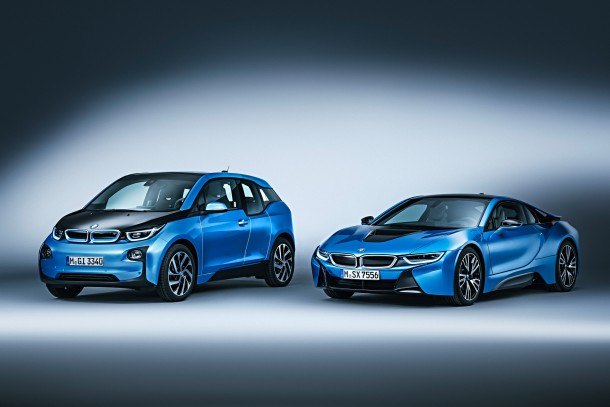
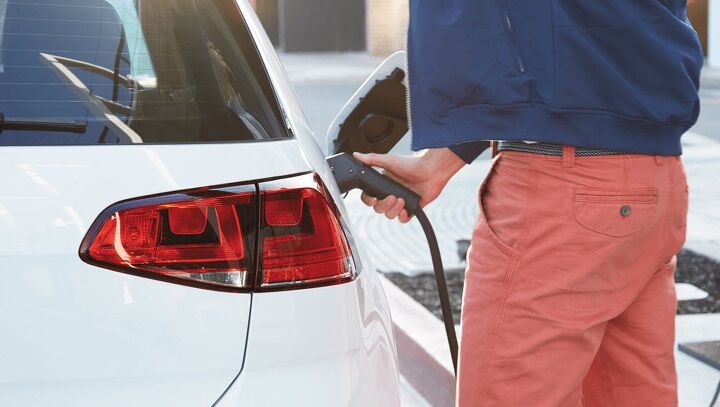
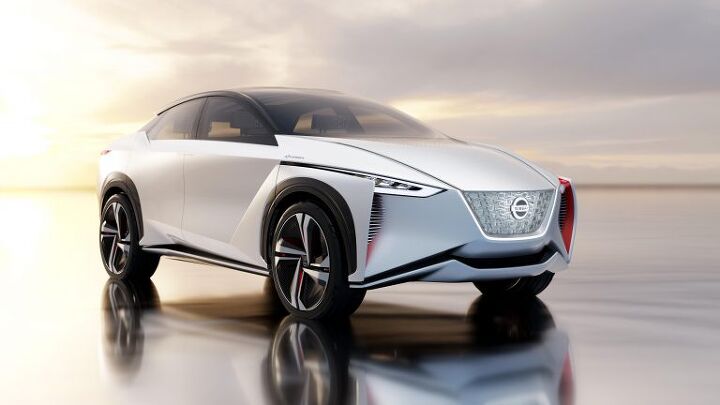

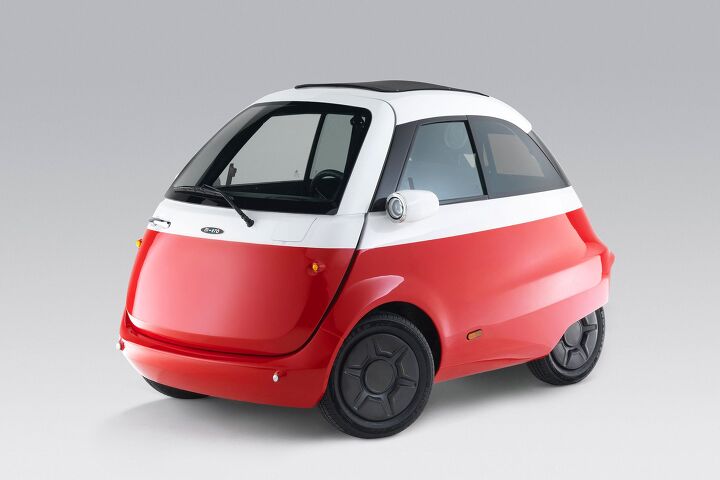














Recent Comments